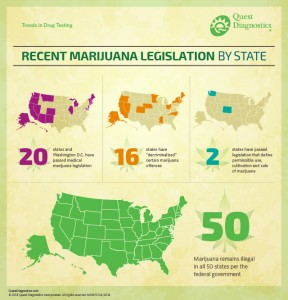 The Rocky Mountain High Intensity Drug Trafficking Area (RMHIDTA) has released its third volume in a series researching the impact of medicinal and recreational marijuana legalization in Colorado. The study focuses on three time periods within Colorado’s legalization history:
The Rocky Mountain High Intensity Drug Trafficking Area (RMHIDTA) has released its third volume in a series researching the impact of medicinal and recreational marijuana legalization in Colorado. The study focuses on three time periods within Colorado’s legalization history:
- 2006-2008 – the “early medical marijuana era”
- 2009-present – the “medical marijuana commercialization and expansion era”
- 2013-present – the “recreational marijuana era”
The data collected came from a variety of areas, and focused on impaired driving, marijuana use among youths, marijuana-related hospital visits, and the like. Here are some of the key findings of the Colorado study:
- In 2013, approximately 10 percent of adults ages 26 and older in Colorado were current marijuana users – 86 percent higher than the national average.
- From 2010-2014, the pounds of marijuana seized from U.S. mail originating in Colorado and destined for other states increased by 722 percent.
- There was a 92 percent increase in marijuana-related traffic deaths from 2010-2014.
- Drug-related suspensions and expulsions for juveniles increased 40 percent from school years 2008/2009 to 2013/2014, the majority resulting from marijuana violations.
- There was a 29 percent increase in the number of marijuana-related emergency room visits in 2014, the year when retail marijuana business first opened.
- The number of children ages 5 and under exposed to marijuana saw a 138 percent increase in 2013-2014 compared to the prior three years.
- There were 20 more THC extraction lab explosions in 2014 than there were in 2013.
- There are more licensed medical marijuana centers in Denver than there are pharmacies.
According to the RMHIDTA, there have been multiple negative consequences resulting from the legalization of medicinal and recreational marijuana. Click here to read the full report.
For more information about drug testing, visit our website.
 Your Privacy Choices
|
Privacy Notices
|
Terms
|
Language Assistance / Non-Discrimination Notice | Asistencia de Idiomas / Aviso de no Discriminación | 語言協助 / 不䈚視通知
Your Privacy Choices
|
Privacy Notices
|
Terms
|
Language Assistance / Non-Discrimination Notice | Asistencia de Idiomas / Aviso de no Discriminación | 語言協助 / 不䈚視通知




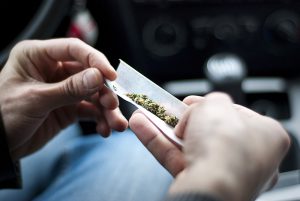
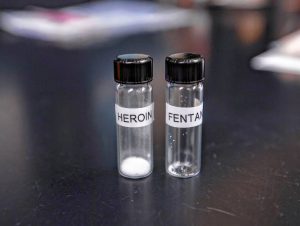


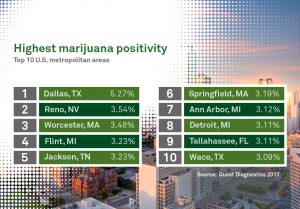
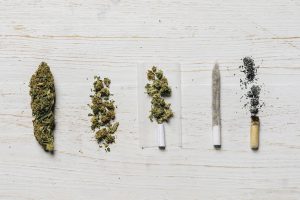



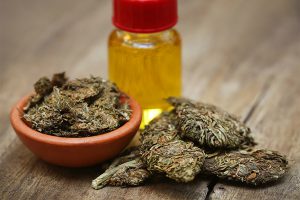
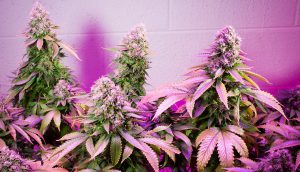




The data collected came from a variety of areas, and focused on impaired driving, marijuana use among youths, marijuana-related hospital visits, and the like. Here are some of the key findings of the Colorado study:
According to the RMHIDTA, there have been multiple negative consequences resulting from the legalization of medicinal and recreational marijuana. Click here to read the full report.
For more information about drug testing, visit our website.